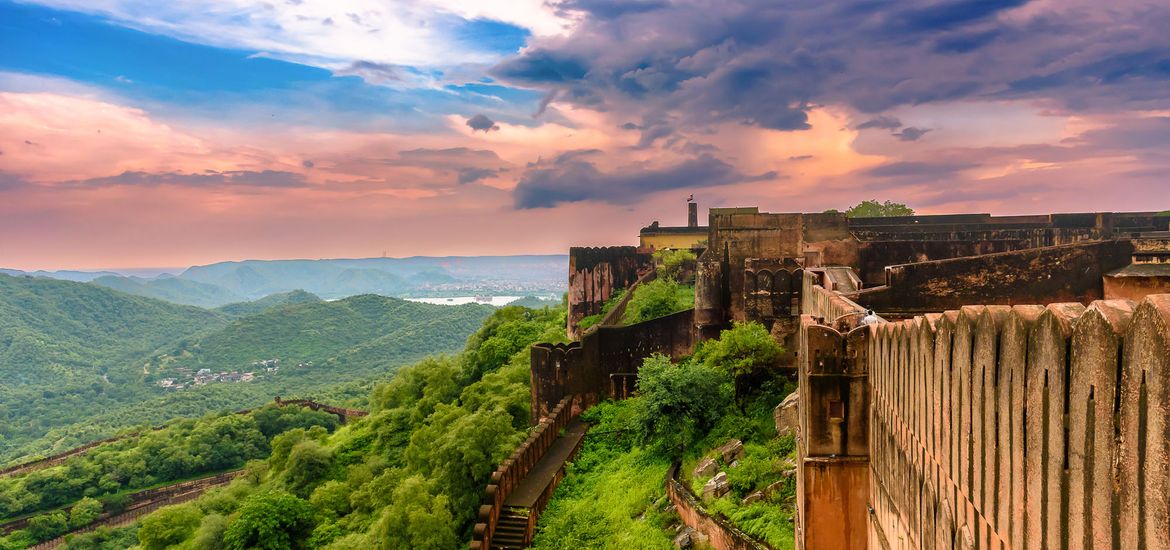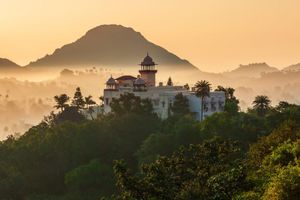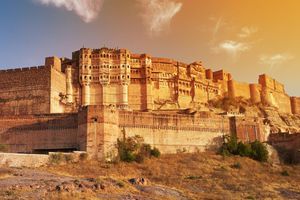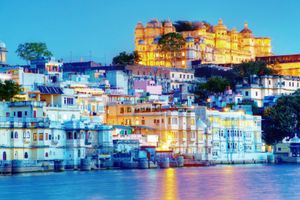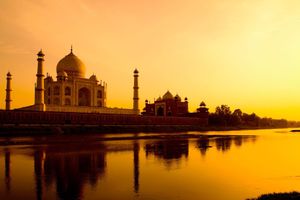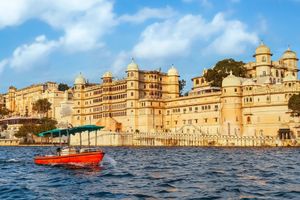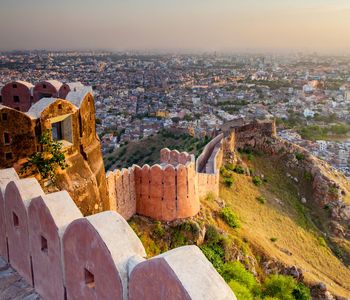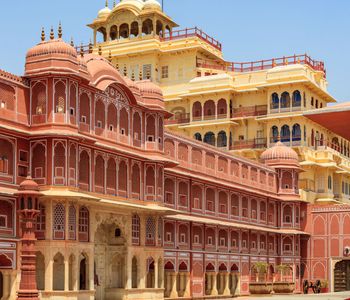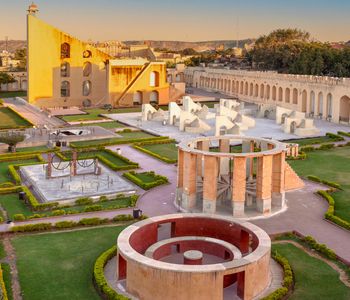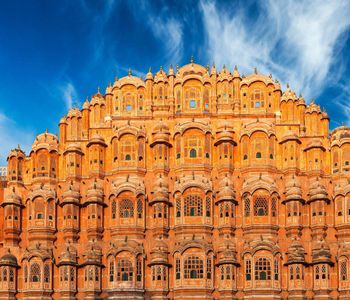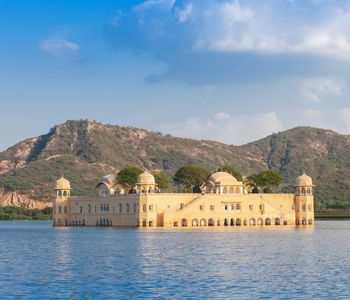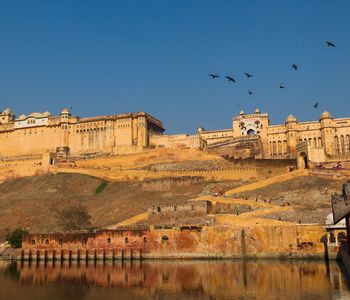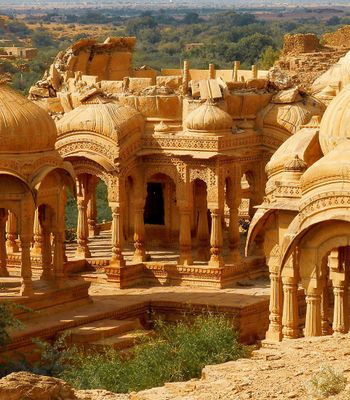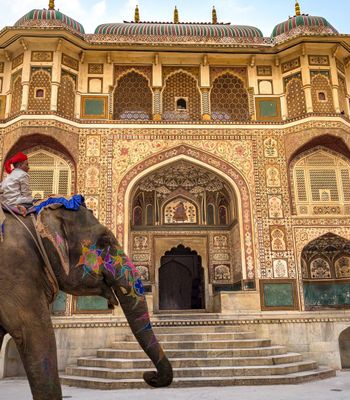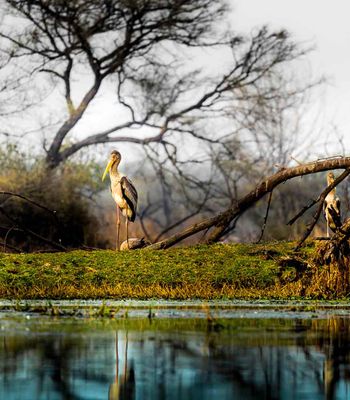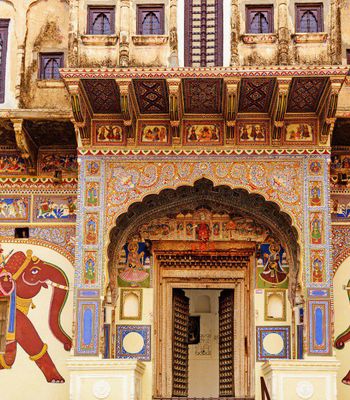Rajasthan, the "Land of Kings," is packed with stories of valour, royalty, and architectural brilliance. Among its many marvels, Jaigarh Fort stands tall, literally and historically, as a fortress built for power, strategy, and defence.
Sitting high on the Aravalli Hills, it offers views of Jaipur and Amer Fort. But what truly makes Jaigarh Fort special is its engineering genius, from its intricate water system to the legendary Jaivana Cannon, the largest wheeled cannon ever made.
Jaigarh Fort: Where History Stands Tall
The vision of Maharaja Jai Singh II led him to create the Jaigarh Fort in 1726 when he commissioned its construction. The builders constructed the Jaigarh Fort to protect the Amer Fort and to make a military base that guarded Jaipur from external aggressors.
Jaigarh Fort functioned as a vital military fortress that defended against Mughal-era conflicts during its entire existence. Its elevated position of 500 feet above sea level enabled the fort to monitor the vast territories surrounding it.
During the Mughal succession war in 1658, Dara Shikoh, the elder son of Shah Jahan, failed to defeat his brother Aurangzeb at this historical place. The fort withstood all battle attempts made by opposing powers during its defence history, making Jaigarh Fort a record holder.
During its peak, Jaigarh functioned as a production facility for artillery weapons combined with storage capabilities, advancing Rajasthan into a strong and respected position in India.
Stone, Strategy and Strength: The Architecture of Jaigarh Fort
Jaigarh Fort represents an Indo-Islamic design that boasts cyclopean walls with detailed ornate decoration. The fortress, primarily made of red sandstone, incorporates unique architectural components that add to its visual attractiveness:
- Decorative Carvings: Precise decorative carvings appear across both walls and arches to demonstrate the artistic capabilities of the individuals who worked on the site then.
- Domes and Balconies: The fort houses multiple domes and balconies, offering visitors panoramic scenic vistas.
- Courtyards: The Aram Mandir at the courtyards of Jaigarh Fort has a garden on the northern fort complex.
Among its architectural magnificence, Jaigarh Fort also displays superior engineering capabilities with an advanced water collection system employing rainwater harvesting technology for water supply.
The Heart of Jaigarh Fort: Must-See Attractions
Jaivana Cannon: A Monumental Legacy of Warfare
The Jaivana Cannon is the main draw among all attractions inside Jaigarh Fort. The 1720-built cannon exceeds all others by its massive dimensions of 20.19 feet in length and 50 tonnes in weight.
A historic weapon built for transport, the cannon designers created this weapon for distant artillery purposes, although it never engaged in combat—only tested once to measure its projectile distance.
Cheel ka Teela: The Peak with a View
Cheel Ka Teela is strategically located on a peak in the Aravalli Hills, offering breathtaking views of Amer Fort and Maota Lake. Historically, this high vantage point allowed the fort’s defenders to keep an eye on enemy movements.
The view is especially enchanting at sunrise and sunset, with golden hues casting a magical glow over the fort and surrounding areas.
Cannon Foundry: A Legacy of Metalcraft
Cannon Foundry became one of the most advanced cannon foundries in the world due to its nearby iron ore reserves. The Cannon Foundry not only supplied Jaigarh Fort with its arsenal but also contributed to Rajasthan’s military dominance during the era.
The sight of these imposing yet intricately crafted pieces of artillery adds a powerful historical context to your visit.
Lesser Known Facts about Jaigarh Fort
Here are some lesser-known facts about Jaigarh Fort:
- Ingenious Engineering: Jaigarh Fort had an advanced water harvesting and storage system. Water was transported from Sagar Lake through an intricate 4 km-long canal.
- Power-Packed Arsenal: The fort's armoury exhibits a collection of swords, shields, muskets, and a staggering 50 kg cannonball.
- Royal Landscaping: The fort’s Charbagh Garden, inspired by Persian landscaping principles, is divided into four symmetrical sections.
Best Time to Visit
Visitors should plan their trip to Jaigarh Fort between October and March when Rajasthan experiences pleasant weather. This period offers clear skies and comfortable conditions for sightseeing.
For the most breathtaking views, visit during sunrise or sunset. The golden hour bathes the fort and its surroundings in a warm, enchanting glow, enhancing its majestic beauty.
Getting There with Ease
Jaigarh Fort is well-connected to Jaipur, making it easily accessible by air, train, and road. Here’s how you can reach this historic fort effortlessly:
By Air
Jaipur International Airport (JAI) is the closest airport to Jaigarh Fort, located just 22 kilometres away. From the airport, visitors can hire prepaid taxis, app-based cabs, or private car rentals to reach the fort in approximately 50 minutes.
By Train
For those opting to travel by train, the nearest railway station to Jaigarh Fort is Jaipur Junction (JP), about 15 kilometres away from the fort. Visitors can take auto-rickshaws, taxis, or cabs from the station, with a travel time of 35–40 minutes, depending on traffic.
By Road
With excellent road connectivity, Jaipur allows visitors to reach Jaigarh Fort via various AC and non-AC buses operated by JCTSL. A direct bus runs from Ajmeri Gate to Amber Fort. From there, the fort is only a 5-minute walk away. The total journey takes around 32 minutes.
Ideal for short distances, cycle rickshaws are an affordable way to reach the fort from nearby locations, offering a slower yet scenic ride through Jaipur’s streets. Shared auto-rickshaws also operate between important historical sites like Chandpole, Ajmeri Gate, and Hawa Mahal to Amber Fort. From there, Jaigarh Fort is just a short walk away.
Jaigarh Fort is a striking blend of history, architecture, and strategic brilliance. From the colossal Jaivana Cannon to breathtaking views from Cheel Ka Teela, it offers a glimpse into Rajasthan's rich royal past. Whether you're a history buff or a nature lover, this iconic fort promises an unforgettable experience.
